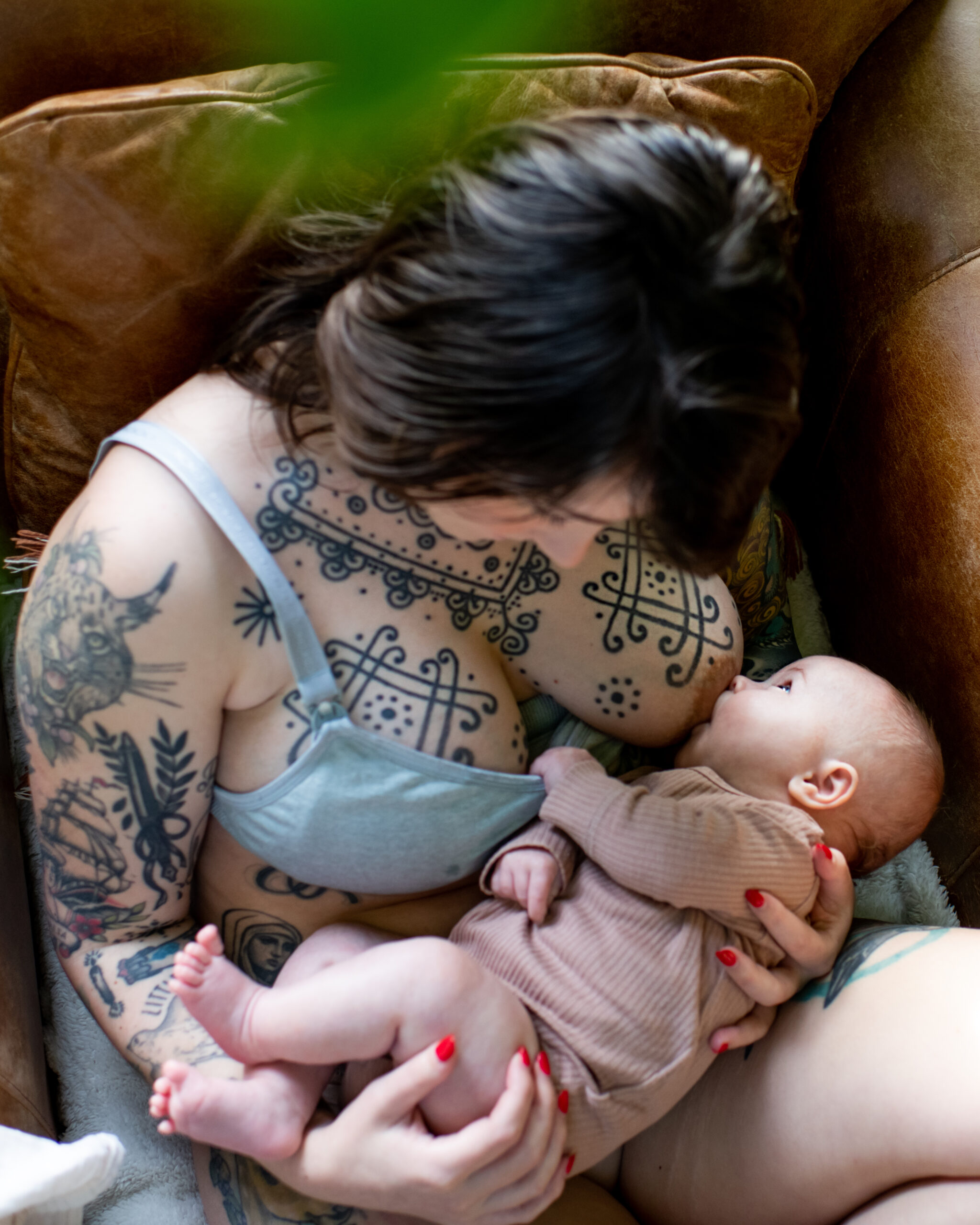By the time they’ve reached toddlerhood, your little one is probably well used to bath time. And while time in the tub can be fun, it can also be a source of tantrums and upset from time to time. As they grow into an independent little tot, it’s normal for toddlers to learn to say “no” and start to want to do things on their own.
If you’re wondering how to adapt your bath time routine as your toddler grows, we can help! We’ve gathered some top tips to keep toddler bath time enjoyable and safe for everyone involved. Let’s run through how often you should bathe your toddler, how to make bath time fun, and answer some of the most common toddler bath time FAQs.
How often should you bathe a toddler?
Toddlers can be bathed two or three times a week. But it’s fine to bathe them more often if they’ve gotten extra sticky, dirty or muddy during the day.
You should clean your toddlers’ face and genitals daily. And for those days in between when they need a quick freshen-up or if they don’t feel like having a bath one day, a quick wash with a soft soapy washcloth will work just fine.
It’s a good idea to schedule bath time on set days – Monday, Wednesday, and Friday, for example. Try to also stick to the same time (lots of parents find that just before bedtime works well), so that your toddler knows what to expect and when.
How to bathe a toddler
Bathing a toddler is the next step up from bathing a baby. It’s a little different, but some key points are the same.
Let’s run through the steps to a successful toddler bath time…
- First things first, it’s a good idea to get prepared! You should gather all your bath time supplies – towels, soap, sponges, toys, a fresh nappy, and clean clothes – and have them close by before you begin bath time.
- Next, fill the bath. You should stir the water as the bath fills to avoid hot spots and be sure to keep an eye on the temperature. Once full to the height of your toddler’s belly button when they’re sitting down, you can measure the bath water’s temperature using your elbow, wrist, or a special bath thermometer before your little one gets in. The water should be between 37°C and 38°C.
- Once you’re sure the water is at a comfortable temperature, shut the bathroom door to stop any draughts, and pop your little one in the bath.
- Now you can start to splash and play to help them settle. Bath toys can be a great distraction for toddlers who are a little apprehensive about bath time.
- Once they’re feeling relaxed, it’s time to wash. Start from their head and work your way down.
- First, wash their hair using a suitable shampoo and rinse out any soapy suds using water. To stop the soap from going into their eyes, you can cup your hand over their forehead like a protective shield.
- Then, it’s time to clean their body gently using a soft washcloth or sponge. Pay close attention to any folds or crevices in their skin.
- It’s a good idea to monitor the bath water temperature as you go to make sure your toddler doesn’t catch a chill.
- If your little one is happy and enjoying their bath, you can take your time and just enjoying playing and splashing together. Bath time should be a relaxing experience that lasts for between 10 and 15 minutes.
- Once it’s time for them to get out of the bath, carefully lift them out, wrap them up warm and dry them off using a soft, absorbent towel.
- Once they’re dry, give them a soothing massage, and then dress them in some comfortable clothes or PJs if it’s time for bed.
- Once they’re clean, dressed, and warm, you should drain the water out of the bath and make sure there’s no standing water remaining in the bottom.
- Finally, rinse any toys you played with and put them to one side to air dry.
How long after eating can a toddler take a bath?
It’s a good idea to wait for at least 30 minutes or, ideally, one to two hours after they’ve eaten before you bathe your toddler. This gives them time to digest their meal and helps to avoid any tummy discomfort.
How to make toddler bath time safe
Just like bathing a newborn or a baby, bathing a toddler comes with some important safety considerations. Let’s run through some top tips on toddler bath time safety:
- Your little one’s bath temperature should be warm but not too hot. Between 37°C and 38°C is perfect.
- A child should never be left alone in the bath, even for a second. If you do need to leave the bathroom for any reason, bundle your toddler up into a warm towel and take them with you.
- Baths are notoriously slippy, so popping down some anti-slip strips or mats can help your toddlers’ feet grip. If you’re showering with your little one, a non-slip mat on the shower floor will ensure they won’t slip.
- Before you put your toddler into the bath, you should ensure that the taps are firmly turned off. It’s also a good idea to cover the taps with a flannel so that they can’t bump their head if they do slip.
- You should always keep electric appliances (like hair dryers, straighteners, or shavers) away from the bath and out of reach of children.
- When bath time is over and your toddler is out of the bath, remove the plug and let the water out. Remember to also keep the bathroom door closed when not in use to stop your toddler from entering unattended.
Fun activities to do in the bath with your toddler
There are lots of fun things parents and carers can do with a toddler in the bath to keep them happy and engaged. These include:
- Choose toddler-appropriate bath toys that are nontoxic. Also, keep them clean to reduce the risk of them harboring mould, fungus, and bacteria. Floating toys like boats and animals spark imagination, while cups encourage pouring, filling, and splashing and can help to develop your little one’s hand-eye coordination.
- Let them choose their own bath bubbles or a fun-themed sponge.
- Talk, be silly and sing songs about life on the seven seas while you wash. Your toddler will find your voice reassuring, and after all, bathrooms usually have great acoustics!
- Read a short story from plastic-coated bath books about fish, boats, pirates, or mermaids.
- Use a child-safe and tear-free bubble bath to add an extra sensory element to bath time. Foamy hairdos and beards galore!
- If your toddler is unsure about bath time, using a sticker chart to celebrate successful baths can help encourage them.
Why is my toddler scared of the bath?
While bath time can be fun, many toddlers develop a fear of going in the bath. This could be either because of the noise of the drain, being afraid of being sucked down the plughole or getting water on their face. Let’s run through how you can help combat this and keep bath time fun for everyone involved:
- Be patient: Toddlers can struggle to think logically, so it’s important to take your toddler’s fear seriously. Have patience with them when encouraging them to enjoy splashing in the bath.
- In it together: Your little one sees you as a role model and they may find sharing a bath or shower with you comforting and confidence-boosting.
- Let them choose: You can help your little one feel in control of bath time by giving them the chance to choose a new bath toy or a fun bottle of cartoon-themed bubble bath.
- Water-free: Accompanying your toddler while they’re in the bath when it’s empty will help them get used to the surroundings. Let them sit in the empty bath as you wash them with a warm, wet flannel or sponge. Once they’re used to that, you can then work towards gradually adding water.
- Pull the plug: Toddlers can sometimes have a fear of being sucked down the bath plughole. The gurgling sound it makes as the bath water drains can also be frightening. To help, you can lift your little one out of the bath, dry them and wrap them in a warm towel, then let them leave the bathroom before you take the plug out.
- Ask for help: Don’t be afraid to talk to your health visitor or doctor if you’re worried that your little one’s fears around bathing seem to be overwhelming them and they don’t seem to be gaining confidence at bath time.


